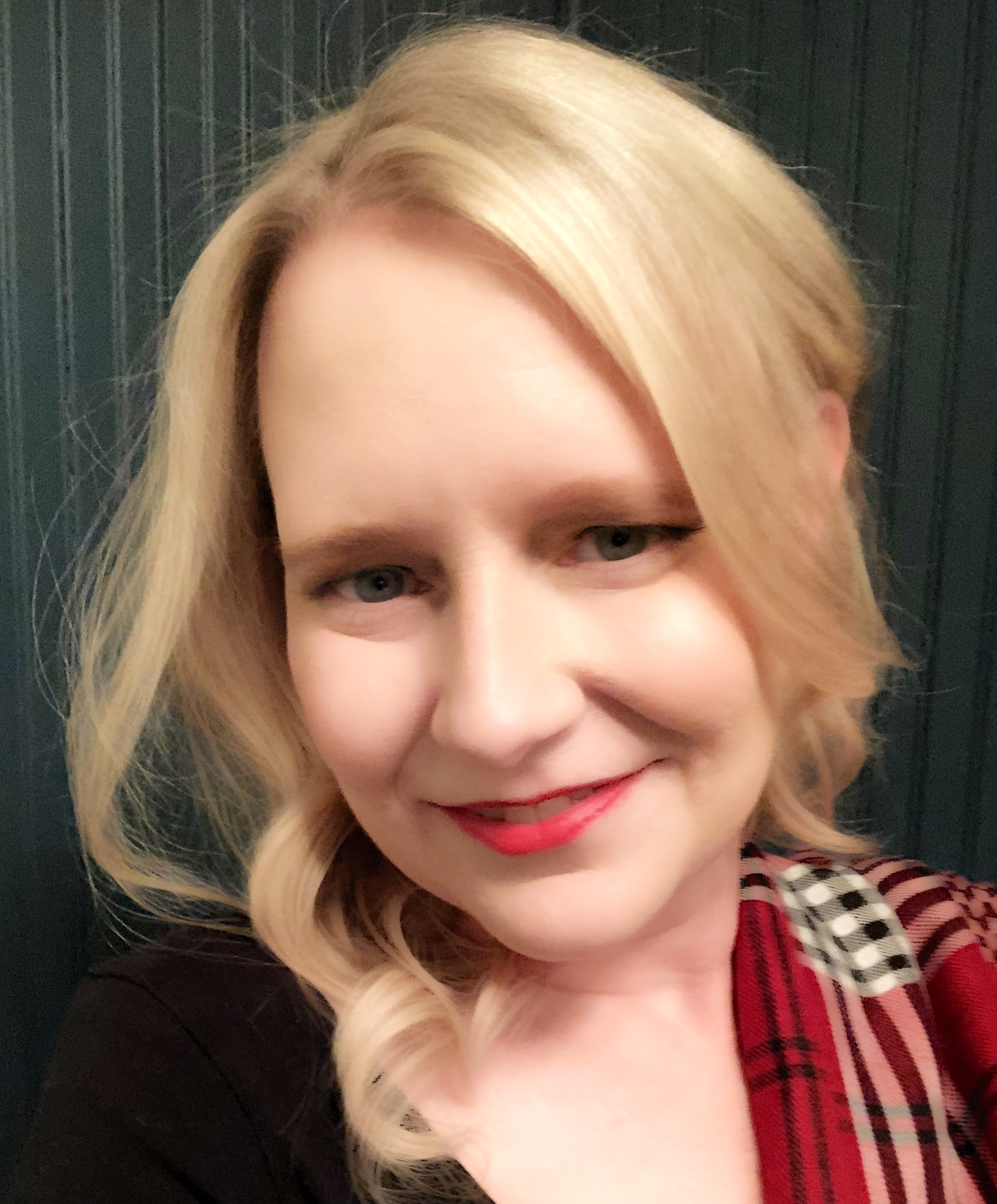The first way we’ll implement time travel will be sending data. First will be the equivalent of messages in a bottle – with no ability to choose the recipient – then we’ll be able to send ordered data (the equivalent of texts, followed by voice/waves, then pictures/video, and eventually physical matter). We should currently be looking for rudimentary messages sent to us from the future, not trying to physically travel in time.
Adding dimensions to our understanding is a step towards navigating them. Time is the next logical dimension to understand (see, map, and navigate), and we can be fairly sure of this because we already travel in that dimension, though we don’t yet have conscious control of our interactions within it. That means the time dimension interacts strongly with our native 3rd dimension (I mean strongly as opposed to weak interactions we can see with other particles in quantum physics).
Visualising that dimension will lead to navigation, though it won’t become physically usable straight away. We should be looking for messages sent via data from the future, not trying to build a physical time machine.
A physical time machine as we’ve historically envisioned may not be possible, because the mechanism for moving through time in ways other than our standard vector may not have anything to do with the 3rd dimension that we’re embedded within. Since time is likely a separate dimension from what we consider the third (and in which we’re used to operating), a mechanism that allows us to travel in time will likely not be a 3rd dimensional ‘machine’.
Visualising dimensions beyond our usual perception is the first step. If we can understand the structure of other dimensions and map out their rules, we increase the chance of being able to gain conscious control over them collectively. That would absolutely look like magic at first (in a similar way to lightning looking like magic to primitive people, but it’s rooted in science that can be understood and manipulated), but it’s nonetheless a real thing with properties and rules that we can understand and interact with. We already interact with it, albeit passively.
We move in one direction and see in the opposite. The first is our perception of the future; that’s our normal vector. The second is our memory. We experience the highest fidelity at the point we call now, in which our local time point intersects strongly with at least 3 other dimensions. What we experience as the past is a perceptual gradient cone with less fidelity the farther it recedes from our ‘current’ perceptional point.
We should develop a receiver/detector first. We typically do this with properties of the universe which we observe, using physics and mathematics. Observation comes first, followed by documenting and testing rules, constants, variables, and formulas – that’s how science works. Any observations and conclusions must make sense within the framework of existing physics.
Some preliminary questions include:
We each have a local reference frame as dictated by einsteinian physics in which time feels constant, and we know local perception isn’t constant across the universe like, say, causality. We can define our local time using mathematical formulas, and we’ve explored some of its rules. We need to increase the fidelity of our understanding, defining more time rules, constants, variables, and formulas so we can properly design experiments.
Are there particles that link strongly to the time dimension? How are they structured? What are their underlying wave structures? What are their constants and properties? How can we express them using formulas? How do they interact with the other closest dimensional intersections or interfaces? How can we see or visualise them? How can we manipulate them?
What are the constants associated with our current vector? What formulas define our location and movement, and how can they be manipulated?
We need a receiver, like an analogue to the radio. We usually develop rudimentary receivers before we can fully map our understanding of a phenomenon. We likely already have enough knowledge to build one, like any other sensor we’ve developed. We just need to know what signal we’re looking for. Assuming we’ve worked this out in the future, what’s the simplest signal we should be looking for and how would we detect it? That should be our first step.
So the most intriguing question we can answer right now is: What would a message from the future look like, and how would we receive it?
E: I’m terrible at spelling apparently
